Difference between ordinary aluminum profile and broken bridge aluminum profile
The difference between ordinary aluminum profile and broken bridge aluminum profile
Aluminum profile is mainly made of aluminum metal, with some alloy elements added to enhance strength and hardness.
Ordinary aluminum profile are conductors as a whole, with relatively fast heat transfer and heat dissipation.However, the broken bridge aluminum profile have low thermal conductivity, forming a cold and hot bridge, so that internal and external energy cannot be exchanged through the profiles, and the thermal insulation effect is good. And the internal and external colors can be matched at will.

What is the difference between aluminum alloy doors&window and broken bridge aluminum alloy doors&window?
There is not connected inside and outside with no air layer in the thermal break windows and doors, and the surface is sprayed with anti-corrosion treatment.
The principle of the thermal break aluminum windows and door is to use insulation strips to separate and tightly connect the two layers of indoor and outdoor aluminum alloy into a whole, forming a new type of thermal insulation aluminum profile. The inside and outside colors can be selected at will. It is beautiful, has good performance, and forms an energy-saving effect.
What is insulating glass?
Insulating glass is a new type of building material that has good heat insulation, sound insulation, and can reduce the deadweight of buildings. It is made of two or more pieces of glass, using a high-strength and high-airtightness composite adhesive to bond the glass sheets to an aluminum alloy frame containing a desiccant to produce high-efficiency sound and heat insulating glass.
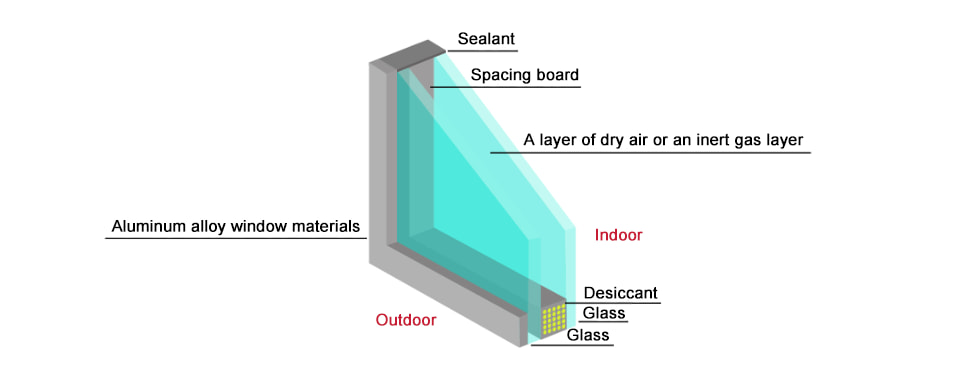
What is laminated glass?
Laminated glass is constructed of two plies of glass which are bonded together with interlayers to form a permanent bond. The inter layers work to support and hold the glass to create a strong, uniformed layer even when broken. Laminated glass comes in varying thicknesses and can be created using different glass combinations or coatings to provide different qualities, such as low emissions or increased insulation.This effectively prevents the occurrence of fragments piercing and penetrating falling incidents, ensuring personal safety.
Some of its use
1)Glass for floor spring doors;
2)The area of a single pane of glass in a window is greater than 1.5 m², and the area of a single pane of glass in a framed door is greater than 0.5 m² ;
3)Floor-to-ceiling windows with the bottom edge of the glass less than 500mm from the final decoration surface;
4)Frameless door and window glass;
5)Entrance and exit doors of public buildings;
6)Doors of kindergartens or other places where children play;
7)Tilt windows and skylights;
8) Outward-opening windows in buildings with 7 floors or above.
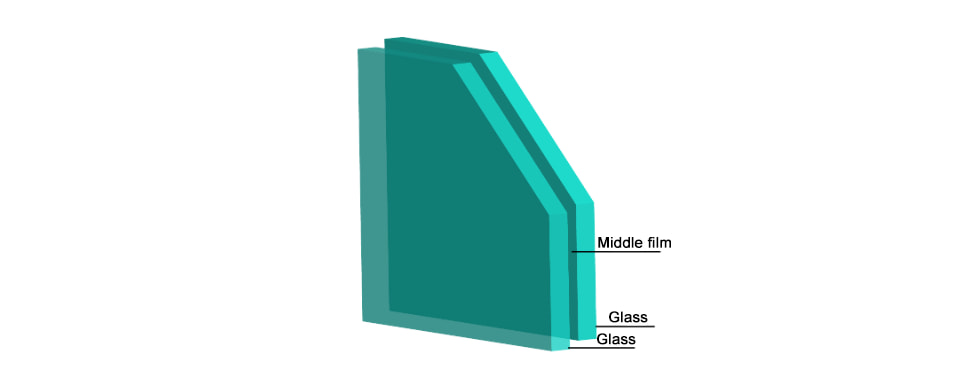
What is the heat transfer coefficient?
The heat transfer coefficient is the speed at which the internal temperature is conducted outwards over time when the internal temperature is heated during the test, and the heat transfer value is obtained by comparing the time and temperature.
Transfer coefficient
Ordinary aluminum alloy door and window is about 5.0-7.6;
Broken bridge aluminum alloy door and window is about 2.5-3.0;
The system aluminum alloy door and window is about 0.8-2.5.
What are system doors and windows?
System doors and windows are provided by system companies using overall door and window system solutions, with clear commitments to product performance and quality indicators. A series of important functions need to be considered, including water tightness, air tightness, wind pressure resistance, mechanical strength, heat insulation, sound insulation, anti-theft, sun shading, weather resistance, and operational feel. The comprehensive results of the performance of each link of equipment, profiles, accessories, glass, adhesive, and seals must also be considered.
What are the more common windows?
Sliding windows: Sliding windows are simple and do not take up space ;
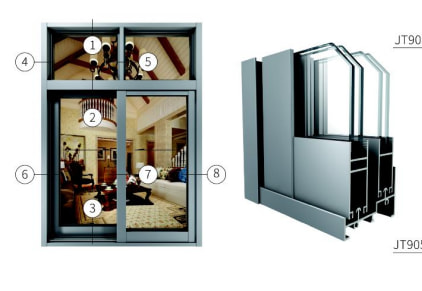
Casement windows : The window sash opens and closes by moving in a certain horizontal direction;
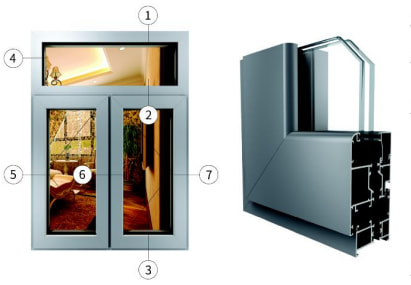
Outward-opening top-hung window: a window with hinges installed on the upper side of the window, which opens inward or outward;
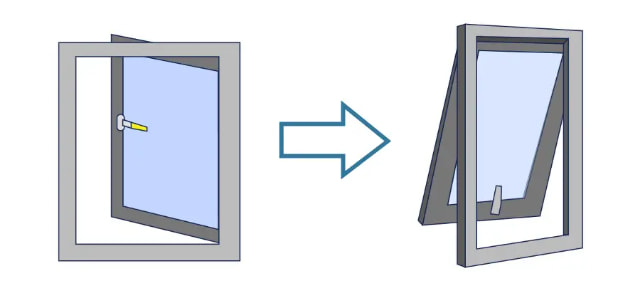
Inward-opening and tilting windows: Inward-opening and tilting windows are designed according to European standards. They allow natural ventilation when people are not at home and prevent rain from entering the house.
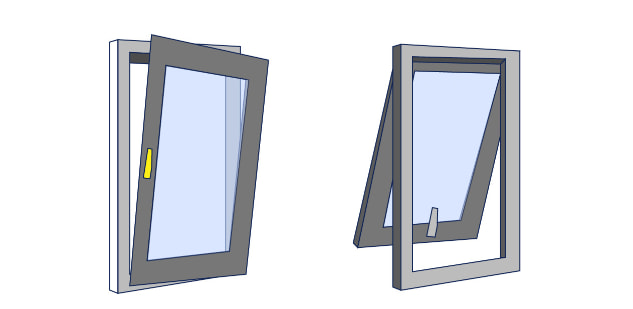
Fixed window: A window that cannot be opened, usually with glass directly inlaid on the window frame or with the window sash fixed to the window frame.
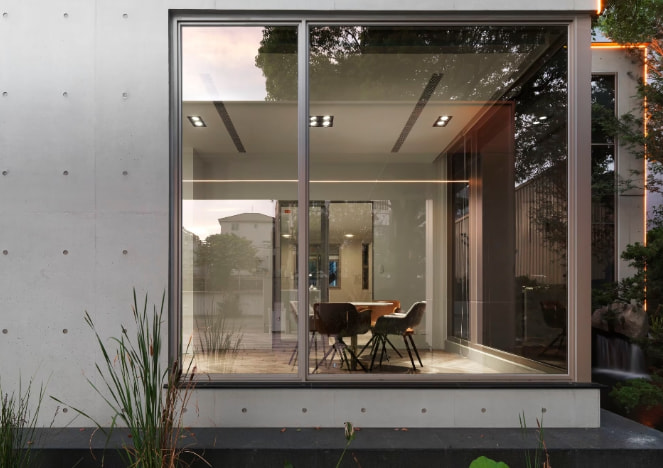
What are the key processes in the processing of aluminum alloy doors and windows?
Cutting: ensure geometric dimensions;
Drilling: Ensure the keyhole size;
Corner group: prevent rainwater from entering.
How are the doors and windows packaged to ensure product quality during transportation?
They are packaged with special paper for doors and windows; the aluminum doors&windows are fixed with corners around them to ensure that there is no friction between the profiles, and finally put into wooden boxes.
China Jiahua Aluminum offers a comprehensive range of thermally broken windows and doors for commercial and residential applications with significantly improved thermal performance compared to equivalent non-thermally broken systems.


